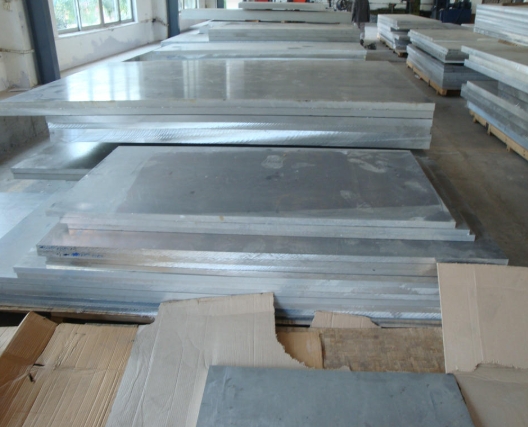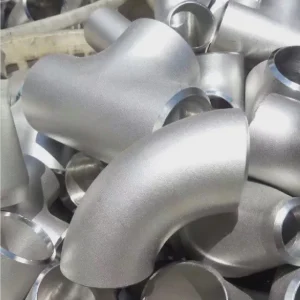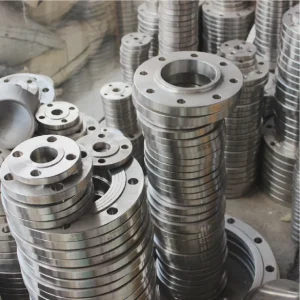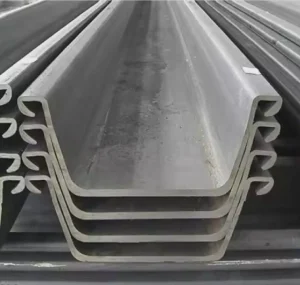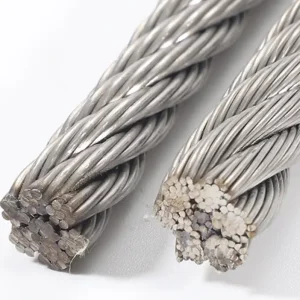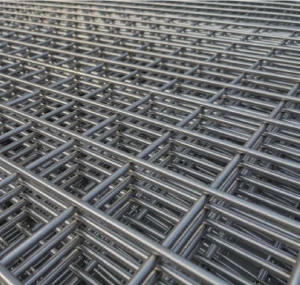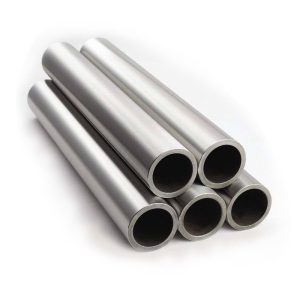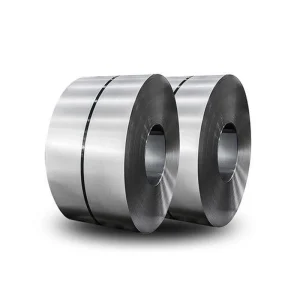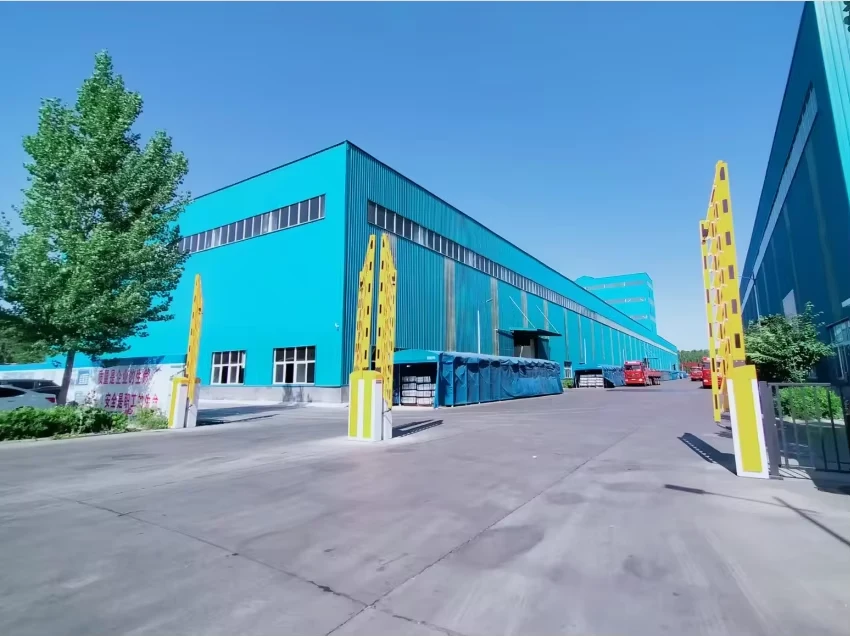Choosing the right material for electrical components can make or break performance. 1070 Aluminum Plate offers unmatched electrical conductivity and corrosion resistance, ensuring efficient current flow and long service life. Moreover, its high purity (≥99.7% Al) delivers thermal benefits, aiding heat dissipation in sensitive systems. In this deep dive, we explore why 1070 Aluminum Plate stands out, compare it to alternatives, provide case-based solutions, and equip you with practical steps and a checklist for implementation.
Understanding 1070 Aluminum Plate
Composition and Purity
1070 Aluminum Plate contains at least 99.7% aluminum, making it one of the purest 1xxx-series alloys. This purity underpins its excellent electrical and thermal conductivity.
Key Physical Properties
-
Density: 2.70 g/cm³, aiding lightweight design.
-
Young’s Modulus: 68 GPa, balancing stiffness and flexibility.
Mechanical Characteristics
-
Tensile Strength: 95 MPa (13778 psi) in O-temper.
-
Elongation at Break: up to 39%, supporting formability.
Why 1070 Aluminum Plate Excels in Electrical Applications
The Challenge: Efficient Current Flow
Electrical components often suffer from resistive losses when suboptimal materials are used.
The Solution: High Conductivity Alloy
1070 Aluminum Plate delivers electrical conductivity of 61 % IACS by volume (200 % IACS by weight). This minimizes I²R losses and boosts efficiency.
Real-World Case
An industrial busbar project switched from copper-clad steel to 1070 Aluminum Plate, cutting energy losses by 15% and reducing weight by 30 kg per meter.
H2: Thermal Management Benefits
Problem: Overheating in Compact Designs
High-power devices generate heat that can degrade performance.
Solution: Superior Thermal Conductivity
1070 Aluminum Plate’s thermal conductivity of 230 W/m·K ensures rapid heat dissipation. This protects sensitive electronics.
Case Study
In an LED lighting array, using 1070 for heat sinks lowered junction temperatures by 12 °C, extending LED life by 25%.
Comparative Analysis Table: Project A vs Project B
| Feature | Project A: 1070 Aluminum Plate | Project B: 6061 Aluminum Plate |
|---|---|---|
| Aluminum Purity | ≥ 99.7% | ~ 97.9% |
| Electrical Conductivity | 61 % IACS | ~ 45 % IACS |
| Thermal Conductivity (W/m·K) | 230 | 170 |
| Tensile Strength (MPa) | 95 | 310 |
| Corrosion Resistance | Excellent | Good |
| Formability | Excellent | Moderate |
Step-by-Step Guide to Implementing 1070 Aluminum Plate
-
Define Requirements: Specify current, thermal load, and mechanical stresses.
-
Select Thickness & Temper: Choose O-temper for formability; H-tempers for extra strength.
-
Cut & Form: Use CNC shearing or laser cutting to maintain edge quality.
-
Surface Treatment: Anodize or passivate to enhance corrosion resistance.
-
Join Techniques: Employ brazing or TIG welding as 1070 is an excellent brazing alloy.
-
Quality Inspection: Conduct conductivity and tensile tests per ASTM B209.
⚠️ Common Misconceptions
-
“Higher-strength alloys are always better.”
Reality: For pure conductivity, 1070’s lower strength is acceptable given its efficiency gains. -
“All aluminum plates conduct equally.”
Reality: Conductivity varies widely; 1070 leads the 1xxx series. -
“Pure aluminum corrodes too fast.”
Reality: 1070 exhibits high corrosion resistance in atmospheric and marine conditions.
First-Person Insight
When I led a power-supply redesign, switching to 1070 Aluminum Plate cut our heat-sink mass by half. I saw firsthand how its thermal and electrical traits simplified the cooling architecture.
For reliable supply of 1070 Aluminum Plate, contact Shanxi Luokaiwei Steel Company at sales@luokaiweipipe.com.


